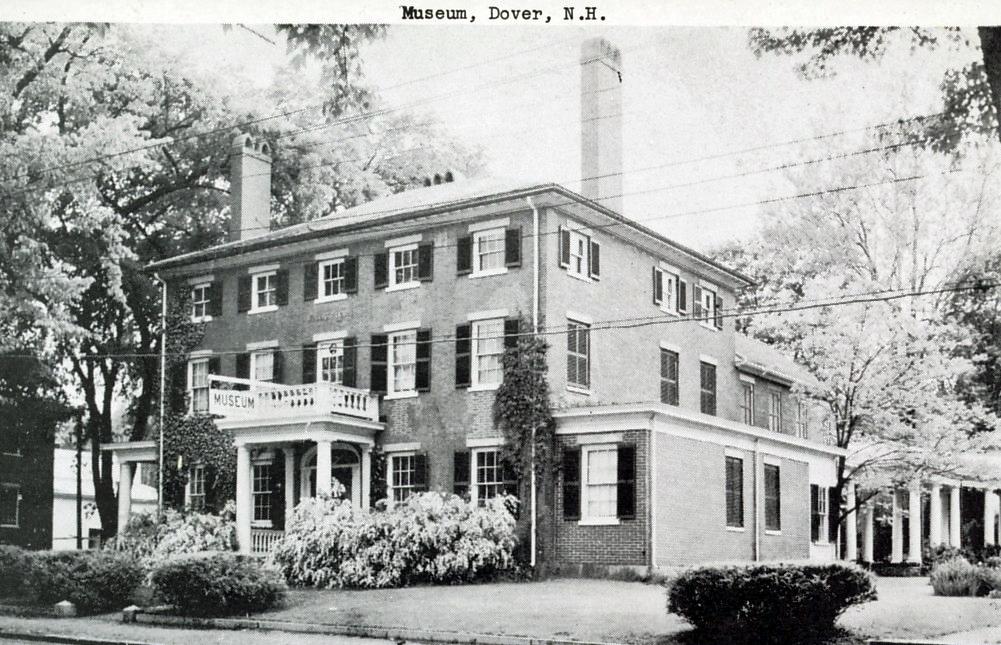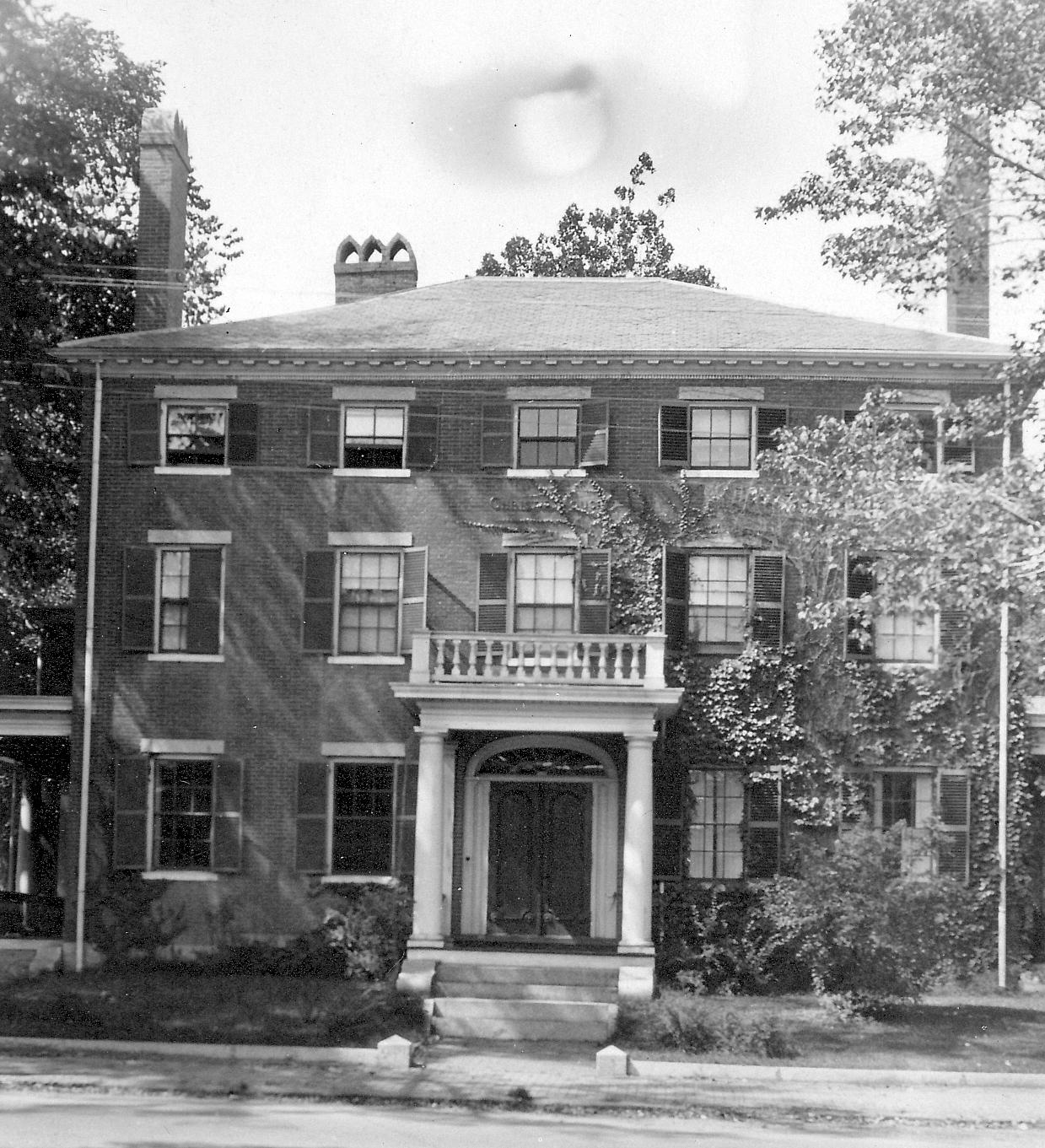Disclaimer
The Dover Public Library website offers public access to a wide range of information, including historical materials that are products of their particular times, and may contain values, language or stereotypes that would now be deemed insensitive, inappropriate or factually inaccurate. However, these records reflect the shared attitudes and values of the community from which they were collected and thus constitute an important social record.
The materials contained in the collection do not represent the opinions of the City of Dover, or the Dover Public Library.
Woodman House

182 Central Avenue

This house was built by Captain William Palmer, for his private residence, in 1818. Palmer lived here until 1822 when he swapped houses with Charles Woodman who was living just across Spring Street at 168 Central Avenue. Woodman was a wealthy Dover merchant, a member of the Legislature from 1820-1822, and in 1822 was Speaker of the House. His tenure in the house was short, however. In 1822 he died, aged 32, leaving his wife and three month old son Charles. The elder Charles’ widow remarried three years later to Daniel M. Christie, a successful attorney, head of the N.H. bar for many years, and the father of three N.H. chief justices. Christie did not own the house, but it is sometimes called the Christie House after him. He lived there until 1849 with his wife, and as a widower after that until his death in 1876. The younger Charles Woodman inherited the estate from his mother. A successful financier and manager of the Strafford Savings Bank, he resided here throughout his life. He married twice: his first wife died in 1854 and in 1856 he married Annie Elizabeth Allen.
A fine example of Federal-style architecture, this three-story brick two-chimney townhouse has a classic front doorway featuring sidelights, fan, and a columned front porch. It has a hip roof and an ell with a balancing side porch.
When she died in January 1915, Annie E. Woodman left the sum of $100,000 “for the establishment …of an institution for the promotion of education in science and art and the increase and dissemination of general and especially historical knowledge.” The trustees of the estate acquired the Woodman house and the adjoining Hale House, which by chance came on the market that same year. The renovation of the interior was directed by local architect J. Edward Richardson, and the Institute opened in August, 1916. The Woodman House serves as the natural history section of the Institute, with collections of minerals, fossils, extinct animal species, and Indian artifacts.
From the 1987 Heritage Walking Tour Booklet
This historical essay is provided free to all readers as an educational service. It may not be reproduced on any website, list, bulletin board, or in print without the permission of the Dover Public Library. Links to the Dover Public Library homepage or a specific article's URL are permissible.
